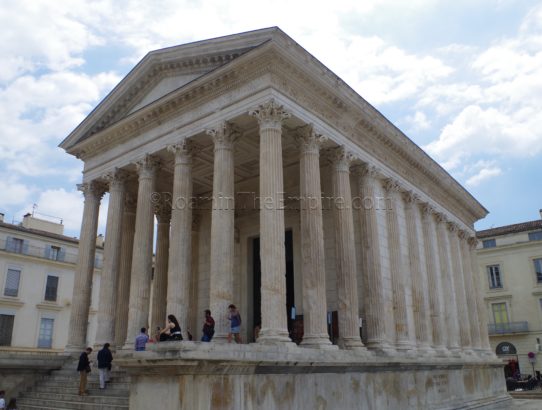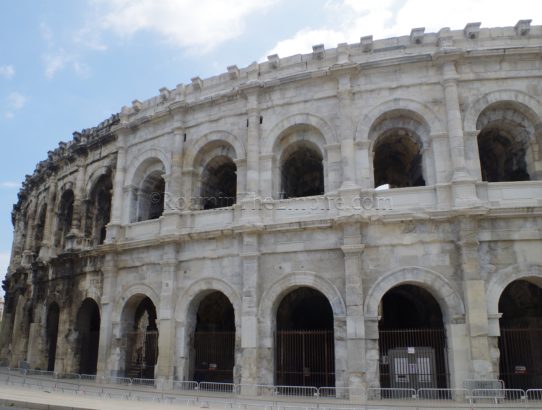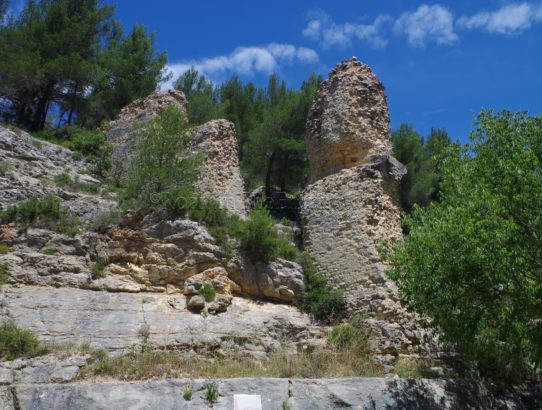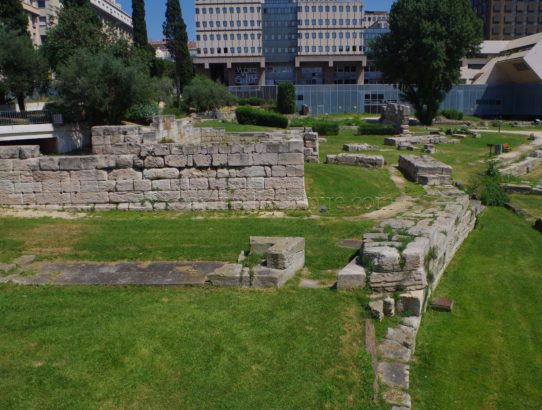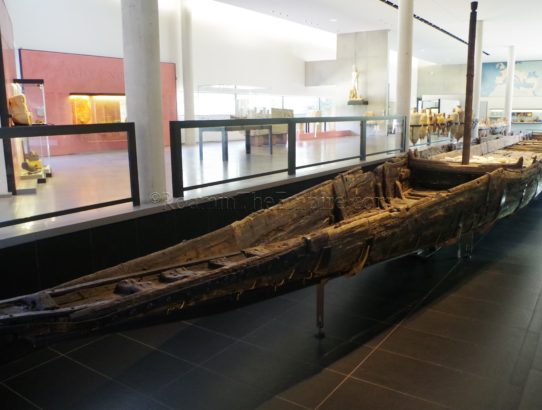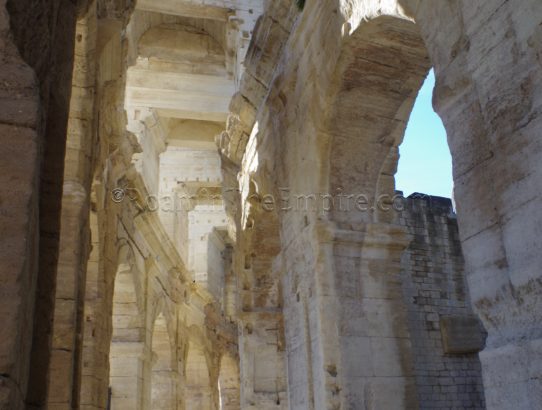Nemausus, Gallia Narbonensis – Part II
Continued From Nemausus Part I About 800 meters to the west (as the crow flies; it’s nearly a kilometer following streets) of the Porte de France, there is a small section of the Nemausus city wall that is heavily conserved and probably largely of later construction at the intersection of Avenue Kennedy and Rue Armand…
Read More


